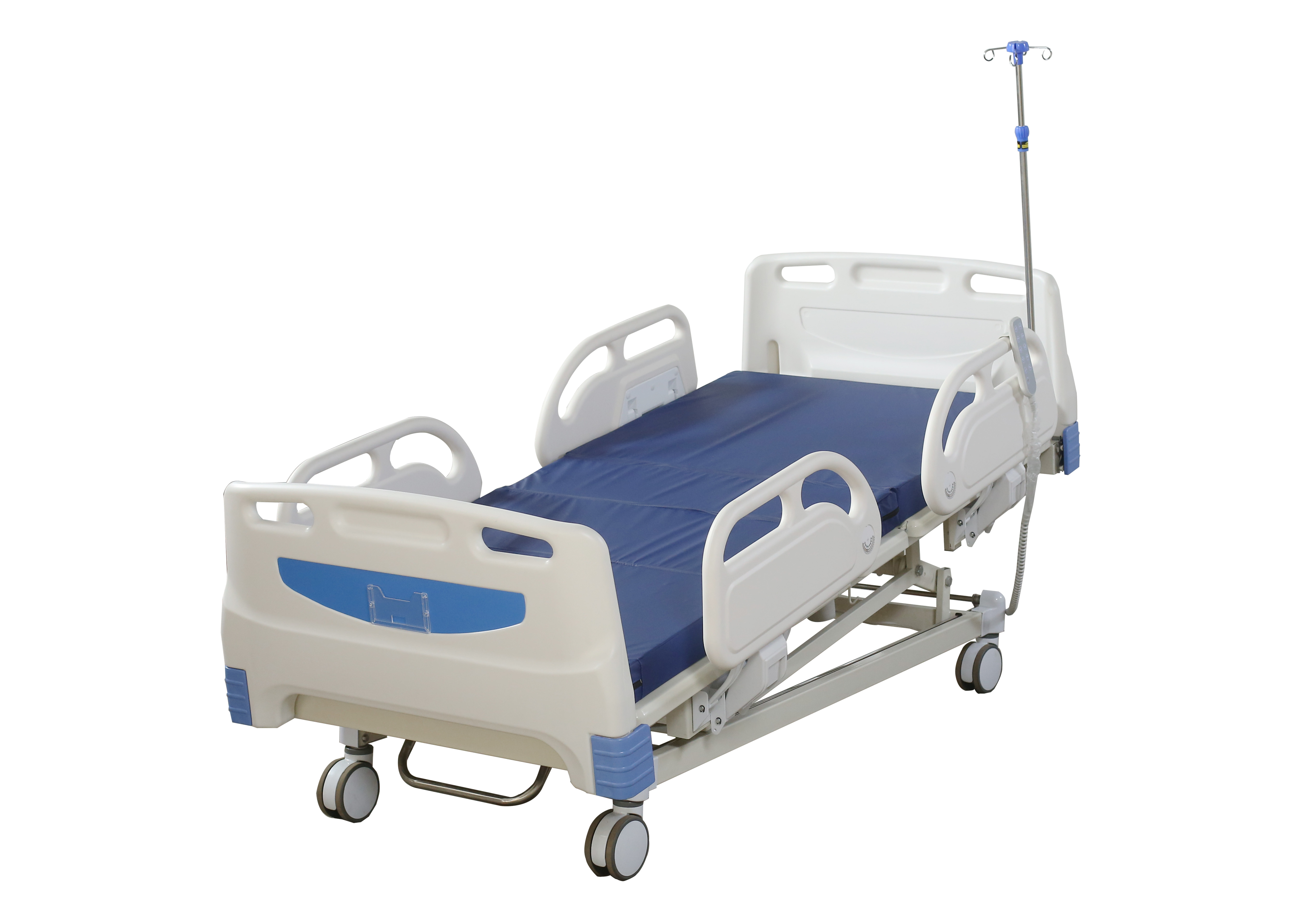Welcome to our websites!
Exploring the Benefits and Organization of Ward Beds in Healthcare Settings
Understanding Ward Beds in Healthcare
Ward beds are a fundamental component of the healthcare system, particularly in hospitals. They serve as the primary location for patient care in various wards, including medical, surgical, pediatric, and maternity units. Ward beds are designed to provide a comfortable and safe environment for patients recovering from illness or undergoing treatment. Understanding the importance and functionality of ward beds is crucial for anyone involved in healthcare, whether they are medical professionals, hospital administrators, or patients themselves.
The Design and Functionality of Ward Beds
Ward beds are designed with several key features that cater to the needs of hospitalized patients. Typically adjustable, these beds allow healthcare providers to raise or lower the height of the mattress, making it easier for patients to get in and out, and facilitating better care by nurses and doctors. Moreover, many modern ward beds come equipped with additional functionalities such as side rails that can be raised to prevent falls, built-in storage for personal items, and even integrated monitoring systems that track vital signs.
In the context of patient recovery, the design of ward beds plays a crucial role. For example, the ability to adjust the angle of the head or feet can help improve circulation and reduce the risk of pressure ulcers. This is particularly important for patients who are immobile or have limited mobility due to their condition. Additionally, many hospitals have adopted specialized mattresses that distribute weight evenly to further enhance patient comfort and care.
The Role of Ward Beds in Patient Care
Ward beds are more than just furniture; they are integral to the patient experience
. Comfort in a hospital setting can significantly affect recovery outcomes. When patients feel more comfortable, they are likely to have lower stress levels, which can contribute to faster healing. Additionally, ward beds facilitate essential care practices, such as regular repositioning, which helps prevent complications like deep vein thrombosis and pulmonary embolism.ward beds

Furthermore, the arrangement of ward beds within a hospital ward can enhance the overall efficiency and effectiveness of healthcare delivery. A well-organized ward with an optimal layout allows healthcare staff to monitor patients more effectively, communicate easily, and respond swiftly in emergencies. In busy hospital environments, the spatial planning of ward beds can make a significant difference in managing patient flow and ensuring timely interventions.
Challenges and Innovations
Despite their importance, ward beds face several challenges. Increasing patient numbers and limited hospital budgets often lead to overcrowded wards, where satisfying space and privacy become difficult. This situation can create stress for both patients and healthcare providers and can impact the quality of care delivered.
Innovations in healthcare technology are addressing some of these challenges. For instance, telehealth and remote monitoring tools allow for comprehensive patient management, reducing the need for excessive bedside presence while maintaining patient safety. Additionally, the integration of smart technology in ward beds can help automate certain functions, such as adjusting positions based on real-time data about a patient’s vitals.
Moreover, increasing emphasis on patient-centered care is driving hospitals to focus on creating a more therapeutic environment within wards. This may include minimizing noise, enhancing privacy, and involving patients in their care decisions. As hospitals strive to improve the patient experience, the role of ward beds will continue to evolve, reflecting broader trends in health care innovation and patient satisfaction.
Conclusion
In conclusion, ward beds are a vital aspect of hospital care, impacting both patient comfort and the effectiveness of healthcare delivery. With ongoing advancements in design and technology, these beds will likely continue to evolve, addressing both current challenges and future needs in patient care. Understanding the importance of ward beds helps highlight their role not only in recovery but also in the broader context of the healthcare system, emphasizing the need for continual improvement in patient-centric solutions. As we move towards more innovative and responsive healthcare environments, the focus on enhancing the ward bed experience will remain critical for health professionals and patients alike.
-
Transforming Healthcare with Hospital FurnitureNewsJun.24,2025
-
Rehabilitation EquipmentNewsJun.24,2025
-
Mobility and Independence with WheelchairsNewsJun.24,2025
-
Freedom of Mobility with Our Rollator WalkersNewsJun.24,2025
-
Comfort and Independence with Commode ChairsNewsJun.24,2025
-
Bathing Safety and Independence with Shower ChairsNewsJun.24,2025
-
Navigating the Wholesale Landscape of Electric Mobility Solutions: Key Considerations for Power Wheelchair DealersNewsJun.10,2025











